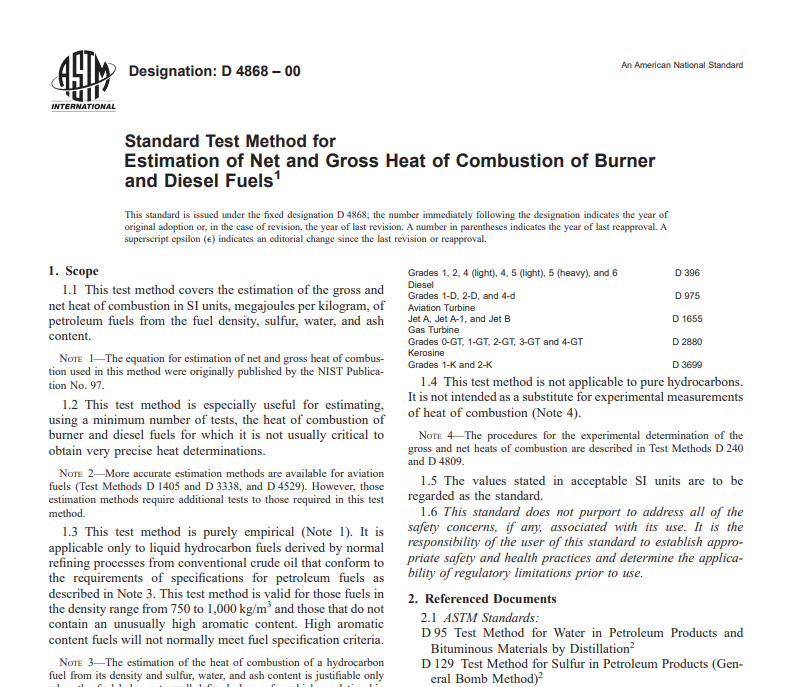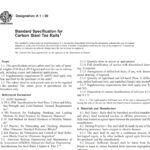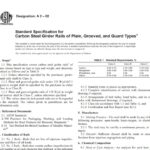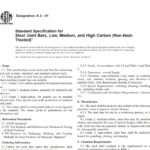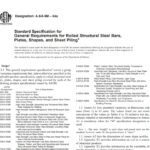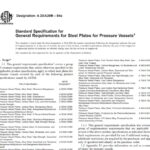Standard Test Method for
Estimation of Net and Gross Heat of Combustion of Burner
and Diesel Fuels1
This standard is issued under the fixed designation D 4868; the number immediately following the designation indicates the year of
original adoption or, in the case of revision, the year of the last revision. A number in parentheses indicates the year of last reapproval. A
superscript epsilon (e) indicates an editorial change since the last revision or reapproval.
1. Scope
1.1 This test method covers the estimation of the gross and
net heat of combustion in SI units, megajoules per kilogram, of
petroleum fuels from the fuel density, sulfur, water, and ash
content.
NOTE 1—The equation for estimation of the net and gross heat of combustion used in this method was originally published by NIST Publication No. 97.
1.2 This test method is especially useful for estimating,
using a minimum number of tests, the heat of combustion of
burner and diesel fuels for which it is not usually critical to
obtain very precise heat determinations.
NOTE 2—More accurate estimation methods are available for aviation
fuels (Test Methods D 1405 and D 3338, and D 4529). However, those
estimation methods require additional tests to those required in this test
method.
1.3 This test method is purely empirical (Note 1). It is
applicable only to liquid hydrocarbon fuels derived by normal
refining processes from conventional crude oil that conform to
the requirements of specifications for petroleum fuels as
described in Note 3. This test method is valid for those fuels in
the density range from 750 to 1,000 kg/m3 and those that do not
contain an unusually high aromatic content. High aromatic
content fuels will not normally meet fuel specification criteria.
NOTE 3—The estimation of the heat of combustion of a hydrocarbon
fuel from its density and sulfur, water, and ash content is justifiable only
when the fuel belongs to well-defined classes for which a relationship
between these quantities have been derived from accurate experimental
measurements on representative samples of these classes. Even in these
classes, the possibility that the estimate may be in error by large amounts
for individual fuels should be recognized. This test method has been tested
for a limited number of fuels from oil sand bitumen and shale oil origin
and has been found to be valid. The classes of fuels used to establish the
correlation presented in this test method is represented by the following
applications:
Fuel Specification
Fuel Oils
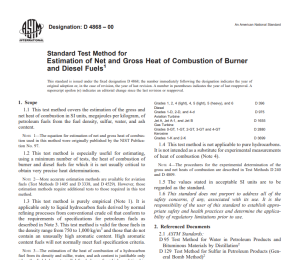
Click below to download Astm D 4868 – 00 pdf free
Click here to download Astm D 4867 D 4867M – 04 Pdf Free Download
